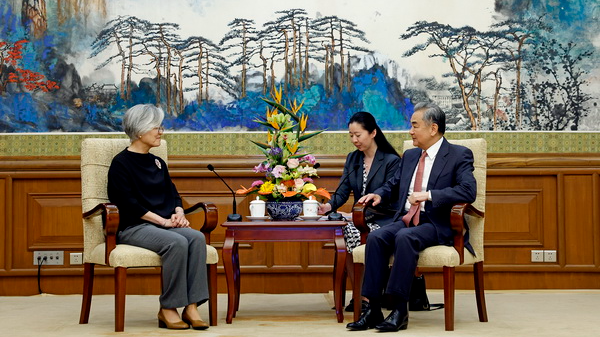China and African nations are deepening their economic partnership through significant infrastructure projects, strengthening the bond established since World War II. A prime example of this collaboration is the Adama Wind Power Project in Ethiopia, located 95 kilometers southeast of Addis Ababa in the East African Rift.
The Adama Wind Power Project, built by Chinese companies, features impressive 80-meter-high white turbines that have been operational since May 2015. These turbines provide vital power to approximately 600,000 households, alleviating Ethiopia's power shortages and reducing reliance on diesel generators. The project has also supported economic growth by creating around 2,100 local jobs and involving several universities in training and maintenance, preparing many for future roles in Ethiopia's wind energy sector.
Adama city has experienced significant growth, with its population increasing from 324,000 in 2015 to over 480,000 in 2023. Improved infrastructure and investment have attracted businesses from various countries, transforming the city's landscape. Nearby villagers benefit from enhanced transportation, reliable electricity, and better access to education and healthcare, greatly elevating their quality of life.
Chinese firms have introduced advanced green technology to Ethiopia, aiding the government in meeting its renewable energy goals and contributing to a global green transformation in the fight against climate change.
The longstanding friendship between China and African countries has been further strengthened through initiatives like the Belt and Road Initiative (BRI) and the Forum on China-Africa Cooperation (FOCAC). Since FOCAC's establishment in 2000, Chinese companies have been instrumental in building or upgrading over 10,000 km of railways, nearly 100,000 km of highways, approximately 1,000 bridges, almost 100 ports, and 66,000 km of power transmission and distribution across the continent.
One notable project is the Addis Ababa-Djibouti railway, a crucial transport artery connecting Ethiopia and Djibouti. This railway has significantly reduced travel times, lowered logistics costs, and boosted local economic growth, transporting 680,000 passengers and 9.5 million tonnes of cargo to date, with an average annual revenue growth rate of 39 percent.
These infrastructure advancements not only drive economic development but also enhance the quality of life for millions of Africans, showcasing the positive impact of China-Africa cooperation in the new era.
Reference(s):
China, Africa set to embrace closer economic, trade ties at FOCAC
cgtn.com




